Dien Bien is a mountainous border province with a population of over 600,000 people, with 19 ethnic groups living there, of which the Mong ethnic group accounts for 38.12% of the province's population with 5 branches: White Mong, Green Mong, Black Mong, Red Mong, and Flower Mong, distributed in most districts, towns, and cities in the province. The White Mong branch is concentrated in the districts of Dien Bien, Dien Bien Dong, and Tuan Giao.
The Mong ethnic group in Dien Bien province has a long-standing and diverse culture, notably unique folk festivals such as Nao Pe Chau festival, Gau Tao festival, Cung Rung festival, Ma Bo festival, Du Su festival... In which, Du Su festival is an important festival, indispensable in the spiritual life of the Mong people.
According to the Mong ethnic language, Du means to lock up, to wrap tightly; Su means bad luck and misfortune. The Du Su ceremony is an annual ritual held to lock up bad luck and misfortune that often happens to the family, praying for good luck and fortune to come to the whole family.
In Dien Bien, the Du Su Festival of some Mong ethnic groups is held once a year according to the clan and depends on the customs and beliefs of each clan in each locality, but usually in July or September every year. For example, the Mua, Vang, and Trang clans in Tuan Giao district hold the Du Su Festival in the 7th lunar month. Meanwhile, the Giang and Sung clans hold it in the 9th lunar month.
For the Vang clan in Hang Lia commune, Dien Bien Dong district, the Du Su Festival is organized on a large scale with unique rituals, usually held on September 29 every year, according to the Mong people's own calendar and held at the clan leader's house.
The specific time of the formation of the Du Su ceremony of the Vang family is no longer remembered. According to the elders, the Du Su ceremony was only seen by their ancestors many years ago, since the Vang family settled down and established a village in Hang Lia commune. At first, only a few families in the clan lived together and were organized by the clan leader to hold the Du Su ceremony. Now, the Vang family, originating from Hang Lia, has hundreds of households and its residential area has also been expanded to some neighboring areas in the commune. However, the Du Su ceremony is still maintained by the clan every year and is increasingly developing, receiving the attention and responsibility of the families in the clan. The ceremony also includes the same parts as the annual ceremony, with some details possibly different because this is a large ceremony for many families in many different villages and districts.
To perform the Du Su ceremony, preparations are carried out carefully. About a month before the ceremony, the clan head and representatives of the families will meet to discuss and agree on the contribution of offerings and food for the general celebration after the ceremony, select the shamans to perform the ceremony and assign specific tasks to other members in assisting with the ceremony and preparing the food.
The head of the family is the one who prepares to keep the porcelain gourd to contain the "Su" (colored pieces of paper or colored fabric symbolizing bad things) of the family and is passed down from generation to generation in the family.
During the Du Su ceremony, there are four shamans assisting the head of the family to perform the ritual of exorcising “Su”. One of the four shamans will be the main shaman to lead the other shamans in performing the rituals and will be the one to directly communicate and ask for the opinions of the gods during the ceremony.

Previously, in the early years of the twentieth century, when there were only about ten households in the clan, the organization of the Du Su Ceremony and the family feast were simple and easy, and were undertaken by the clan leader. However, in recent years, the clan has developed a lot, so mobilizing families to contribute to organizing the ceremony and the clan feast not only demonstrates the sense of responsibility of the clan members, but also demonstrates the solidarity, closeness in the community and together sharing and shouldering the responsibility with the clan leader to maintain the ritual, contributing to preserving the cultural identity of the nation.
When everything was ready, on the morning of September 29th according to the Mong people's calculation, all the families in the Vang clan gathered at the head of the clan's house. According to the previous assignment, each shaman would be in charge of 30 to 40 households to perform the ritual to drive away evil from those families.
The ceremony takes place in the space between the head of the family's house, right under the altar of Xu Ca. The host places a small table to place the offerings. The offerings include: two small bowls of water; a small bowl of cooked dry sticky rice; a pair of horns for worship, which the main shaman will use after each worship session to ask the gods for their opinions.
The shamans wore traditional Mong costumes, sitting in rows on two chairs that had been prepared in advance, their heads covered with a black cloth, which was secured on their heads with a small, long, red piece of cloth. Each shaman held two worship bells in his hands, each of which had been tied with red cloth by his assistants.
To assist the shamans in performing the ceremony, the clan selects and assigns an assistant to sit near the shamans to play the gong for the four shamans during the process of summoning the ghost soldiers. When the ghost soldiers have been fully summoned by the shamans, the shamans continue to perform the rituals to ward off dark and evil forces from causing harm to the clan.
Next is the part of praying for luck, blessings, and peace for the families in the clan. According to the assigned content, the shamans will divide the number of households in the clan equally to perform the ritual of praying for the gods and ancestors to bless the families.
Finally, the "Su" exorcism ceremony is the most important ceremony in the Du Su Ceremony to exorcise and sweep away evil spirits and bad spirits, so that the family will not have any sorrow and all family members will always have health and luck in life.
After completing the rituals in the Du Su Ceremony, everyone gathered at the head of the family's house to celebrate the success of the ceremony. Before everyone entered the altar, representatives of each family in the family knelt down and thanked the elders, the ancestors of the family and the shamans. Then, the head of the family or the most prestigious elder of the family spoke, advising everyone in the family and family to work hard, raise their children and grandchildren to preserve the cultural traditions of their ancestors and the family. At the same time, they also praised the typical families of the family who were good at business, had many children who were highly educated and successful, and had the spirit of mutual support and help in production and life. Everyone ate and talked happily, wishing each other all the best in life.
The Du Su ceremony takes place in one day, from morning to noon there are rituals, the remaining time is for festivals and exchanges within the clan. After performing the ritual, within three days all members of the clan are not allowed to reuse knives, sickles, labor tools; hold crossbows, guns... and abstain from fishing, hunting wild animals and slaughtering livestock.
The clan worship ceremony is one of the unique rituals that has been passed down for many generations. This is an opportunity to meet, exchange, demonstrate the solidarity and mutual assistance of the whole clan, promote and develop the spirit of solidarity and mutual love of the village, hamlet and commune community. At the same time, the worship ceremony shows the Mong people's concept of the spiritual world , polytheism and the concept of family, clan and village community as well as the solidarity of the Mong people in Dien Bien. Maintaining the clan worship ceremony in the community is to contribute to preserving traditional cultural values, connecting the community, preserving the traditional language of the ethnic group, protecting and promoting indigenous knowledge.
With that special value, the Mong clan worshiping ceremony, the White Mong branch of Dien Bien has been recognized by the Ministry of Culture, Sports and Tourism as a National Intangible Cultural Heritage (according to Decision No. 1403/QD-BVHTTDL dated June 1, 2023)./.
Author: Mai Hoa











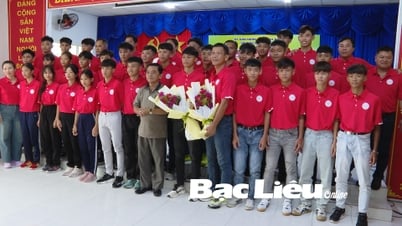
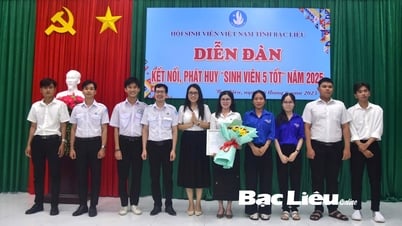
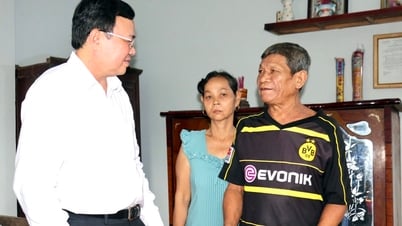




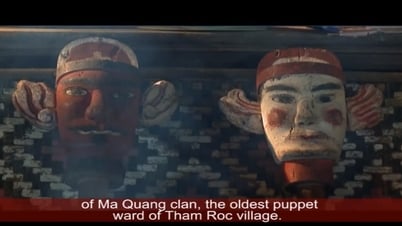



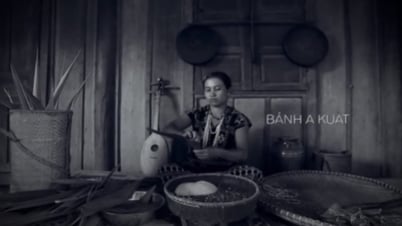





























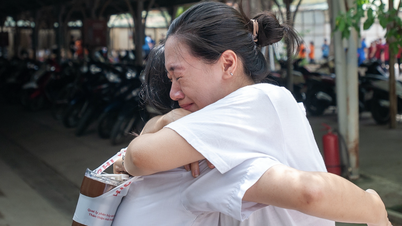















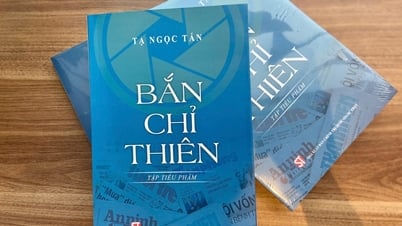
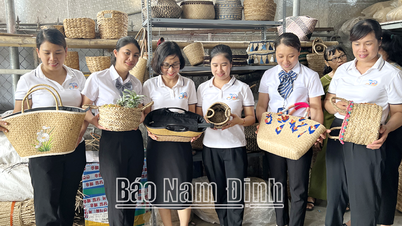

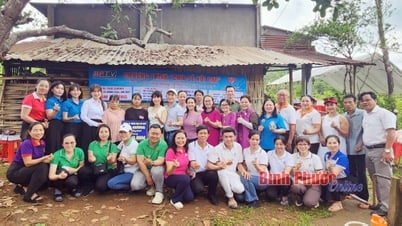

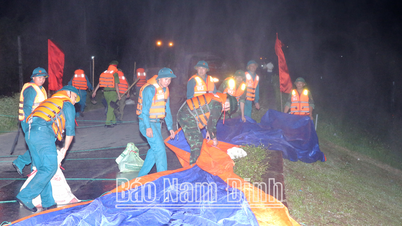
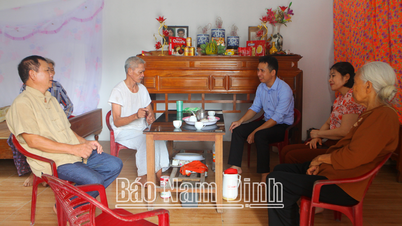








![[OCOP REVIEW] Tu Duyen Syrup - The essence of herbs from the mountains and forests of Nhu Thanh](https://vphoto.vietnam.vn/thumb/402x226/vietnam/resource/IMAGE/2025/6/5/58ca32fce4ec44039e444fbfae7e75ec)



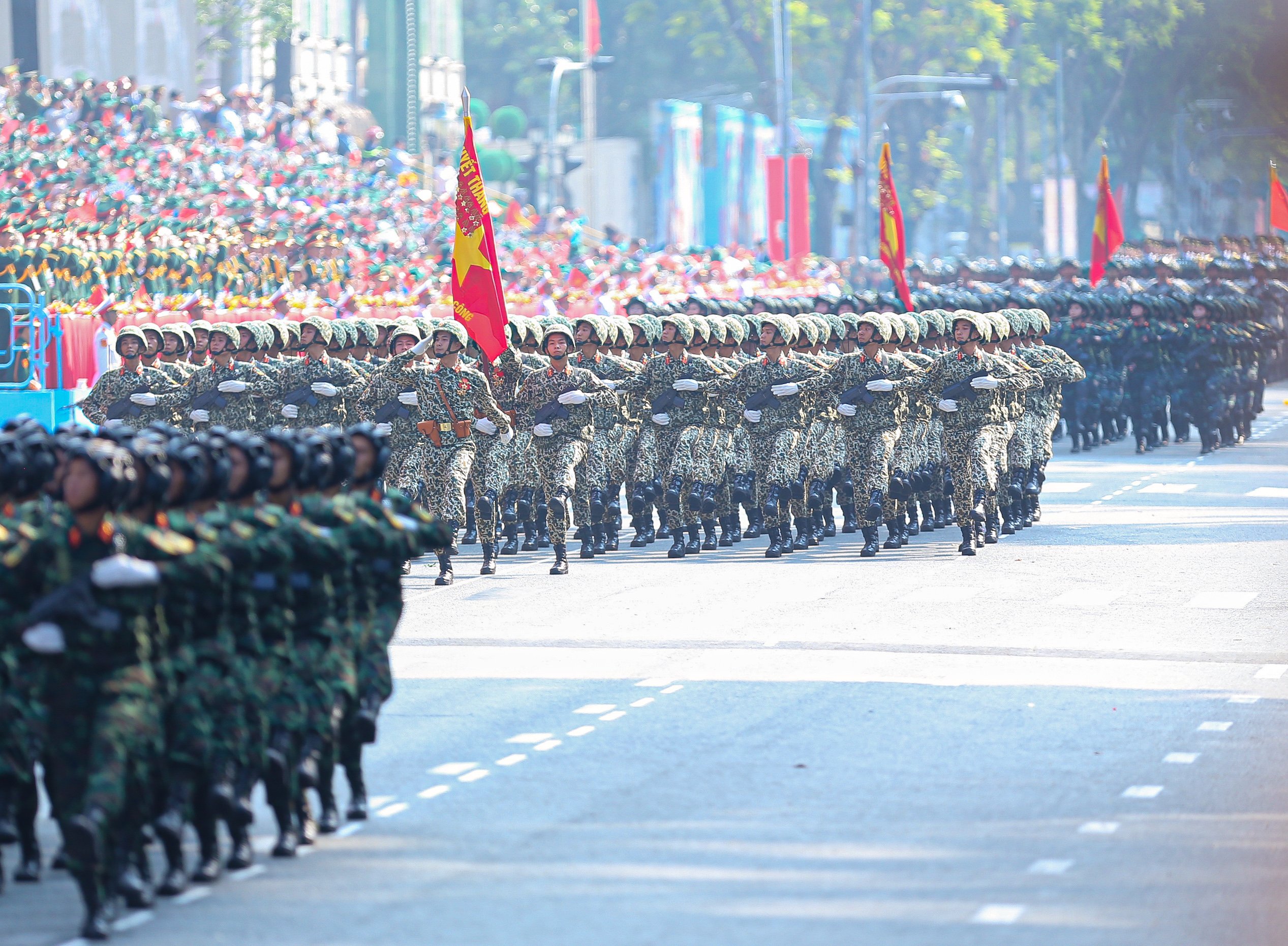
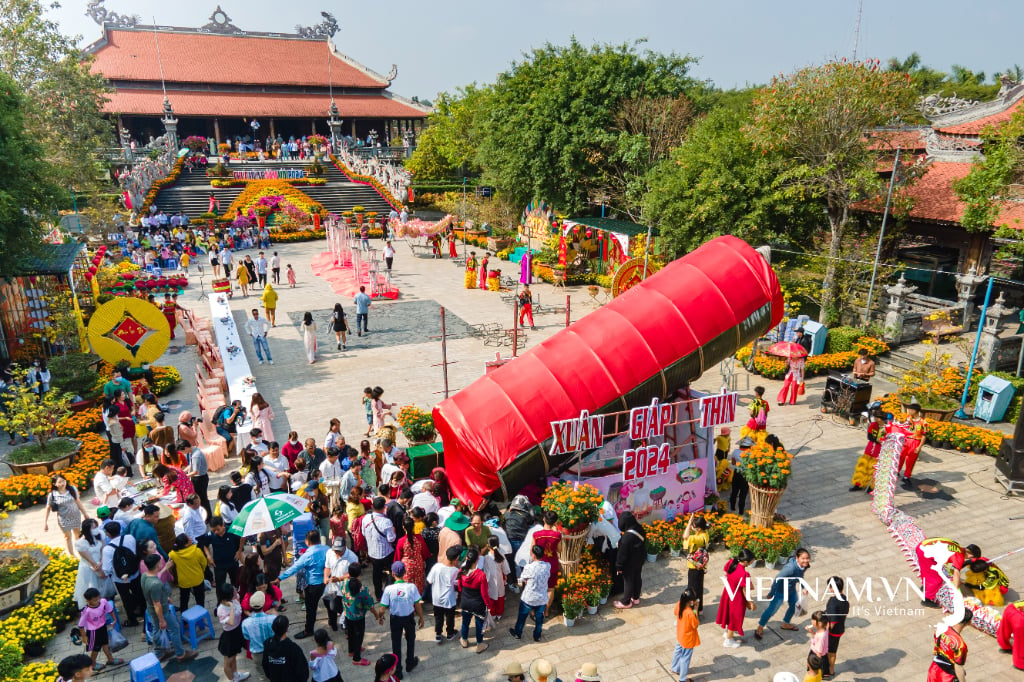
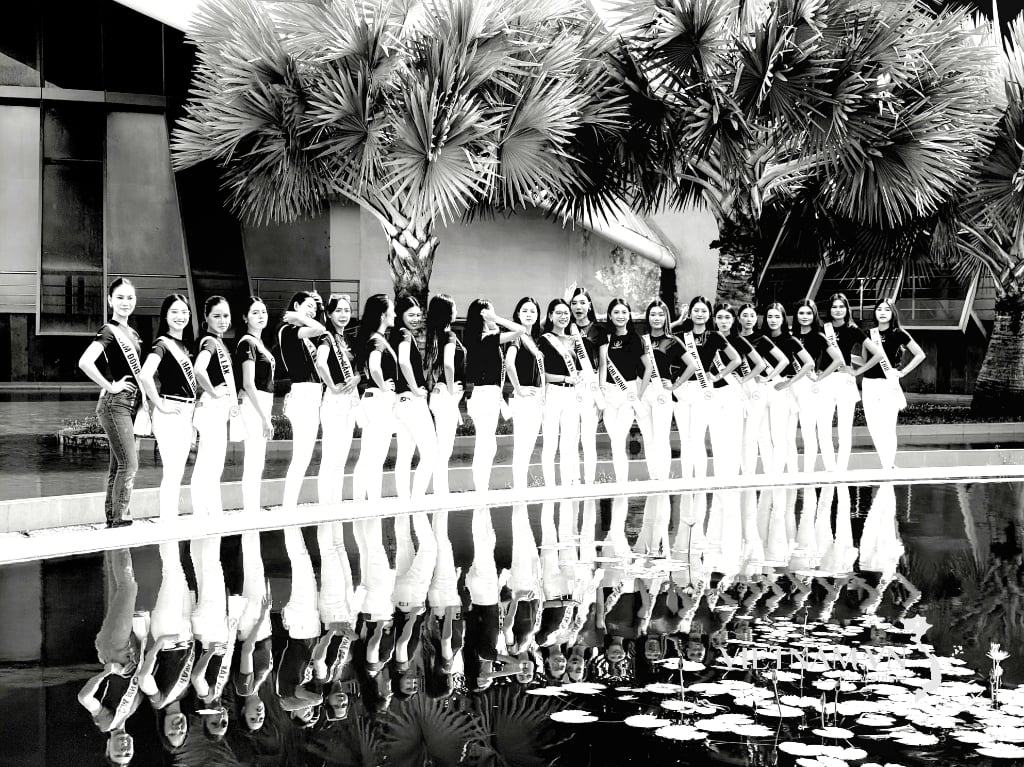
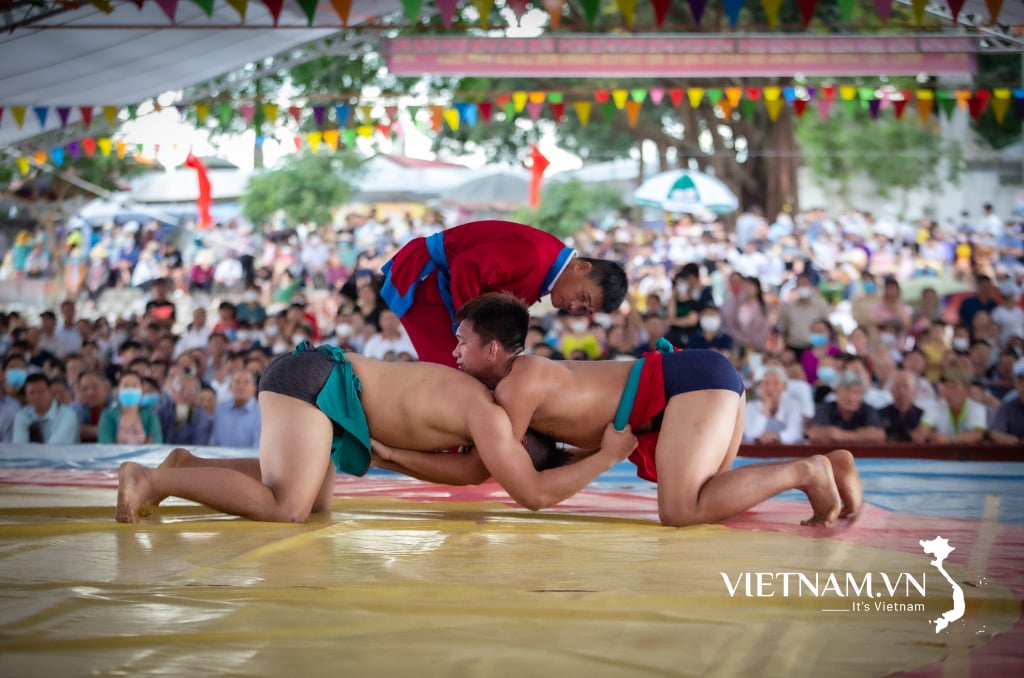
Comment (0)